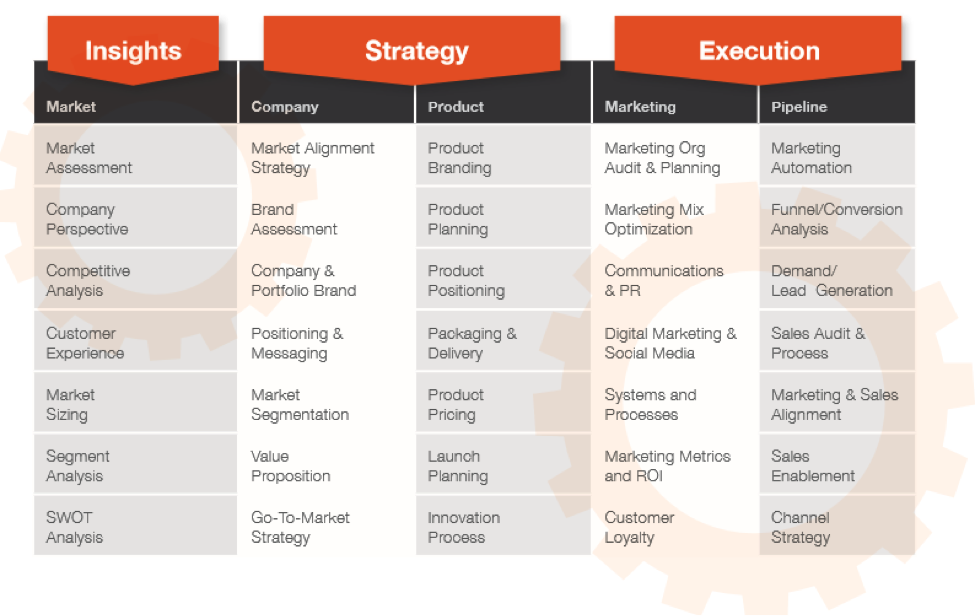We hear a lot about how important a “culture” is in our businesses. And most of us think it is important to have a positive culture in our workplace. So how is that done? Do we have control over it?
Let’s talk about two different types of cultures – sociological and biological. A sociological culture is what we usually think about– those elements that make up the customs or beliefs of a group. But another culture is biological – which most of us haven’t thought about since 8th grade biology when we watched things grow in that little glass petri dish. That was a culture – nutrients that were bound together and growing something.
So why have I brought up these two very different types of cultures? Because when we think about our business cultures we should think both about what elements we want to emphasize and how we put them together to make them grow.
In the formative years of my company I thought a lot about what type of culture I wanted to develop. I finally realized that I was going about it all wrong. I actually could not create a culture. I could emphasize, prioritize and nurture various elements and help direct them but I could not “grow” a culture.
But I knew that those elements I put into the “petri dish” could either grow a positive or negative workplace. And that could make or break us.
Why? Because ultimately the culture is the persona of the company. It is how our customers, clients, vendors and employees describe or feel about us. And it is how we will evaluate our successes and failures.
When you hear someone complaining about their workplace, most likely it’s because of their perception of its culture – negative, untrustworthy, unsupportive, harsh. Or on the positive side you hear – truthful, encouraging, friendly, exciting.
These attributes of culture are not very tangible – most of them are “feelings”. So how do you encourage, emphasize and ultimately help grow “feelings”? It’s not easy but it will define who you are as a company.
My field of expertise is communications – a very broad category which includes media, advertising, design and branding. We have helped clients with how to tell their story. We have told them what colors to use in their logos, what social media platforms to emphasize and what type of advertising to use for various messaging. No matter how important those elements were in communicating their story, however, the most important element of their company was the culture and how they nurtured its growth – either positive or negative.
No matter how great the communications program, storyline or website design – it will always take second place to the internal and external perceptions of the company’s culture.
Jesus said a lot about culture and its importance. He talked about how the Pharisees and Sadducees were more interested in how they looked then what was in their hearts. He said that when we only follow rules that humans set up and not care about how we treat others we were really not getting the point. Jesus knew that the intangible things like loving and caring for one another would change a culture. And ultimately, if nurtured, it would spread and grow. And that’s what happened in the early church. People saw the difference between truth and lies, love and hate and they began to change their culture and it grew. It grew so much that not even the most powerful empire in the world could stop it.
But we must be careful because the elements we put in the petri dish will grow a culture – one that can grow a disease or destroy it. That’s why our foundational cultural elements are so important to business, family and society. After all, that is how we will be perceived, remembered and ultimately evaluated.






